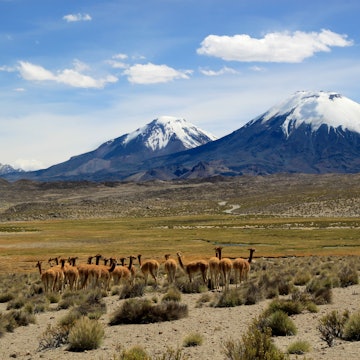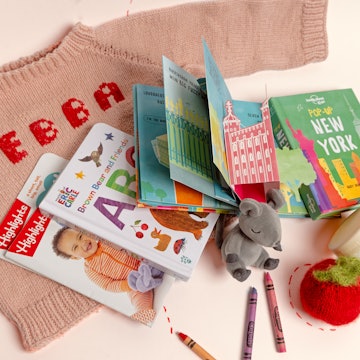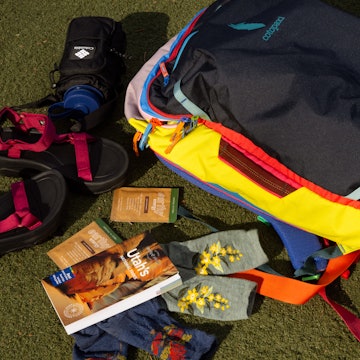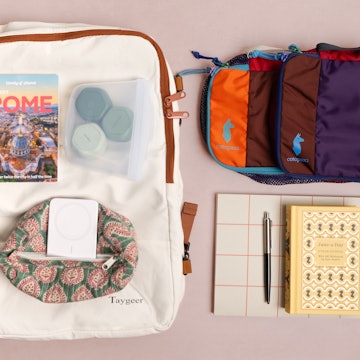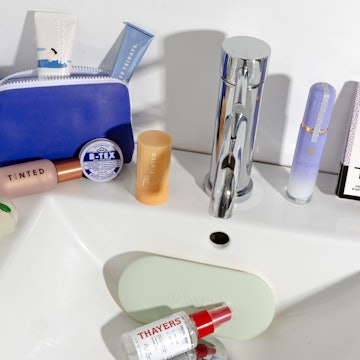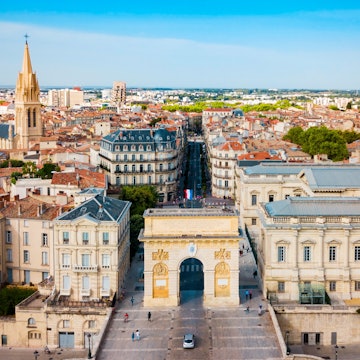
The best neighborhoods in Dallas


The McKinney Ave Trolley in Uptown Dallas' neighborhood. Joseph Haubert/Visit Dallas
Dallas may have a reputation for being big and bold, but its neighborhoods tell a more nuanced story. Yes, there are glittering skyscrapers, world-class museums and profound moments (including the site of JFK’s assassination), but the city’s real charm lies in its diverse districts, each with its own identity, rhythm and reasons to visit.
From soulful Deep Ellum to polished Highland Park, to the eclectic Bishop Arts District and foodies’ paradise in Greenville, these are eight of the best Dallas neighborhoods to explore.
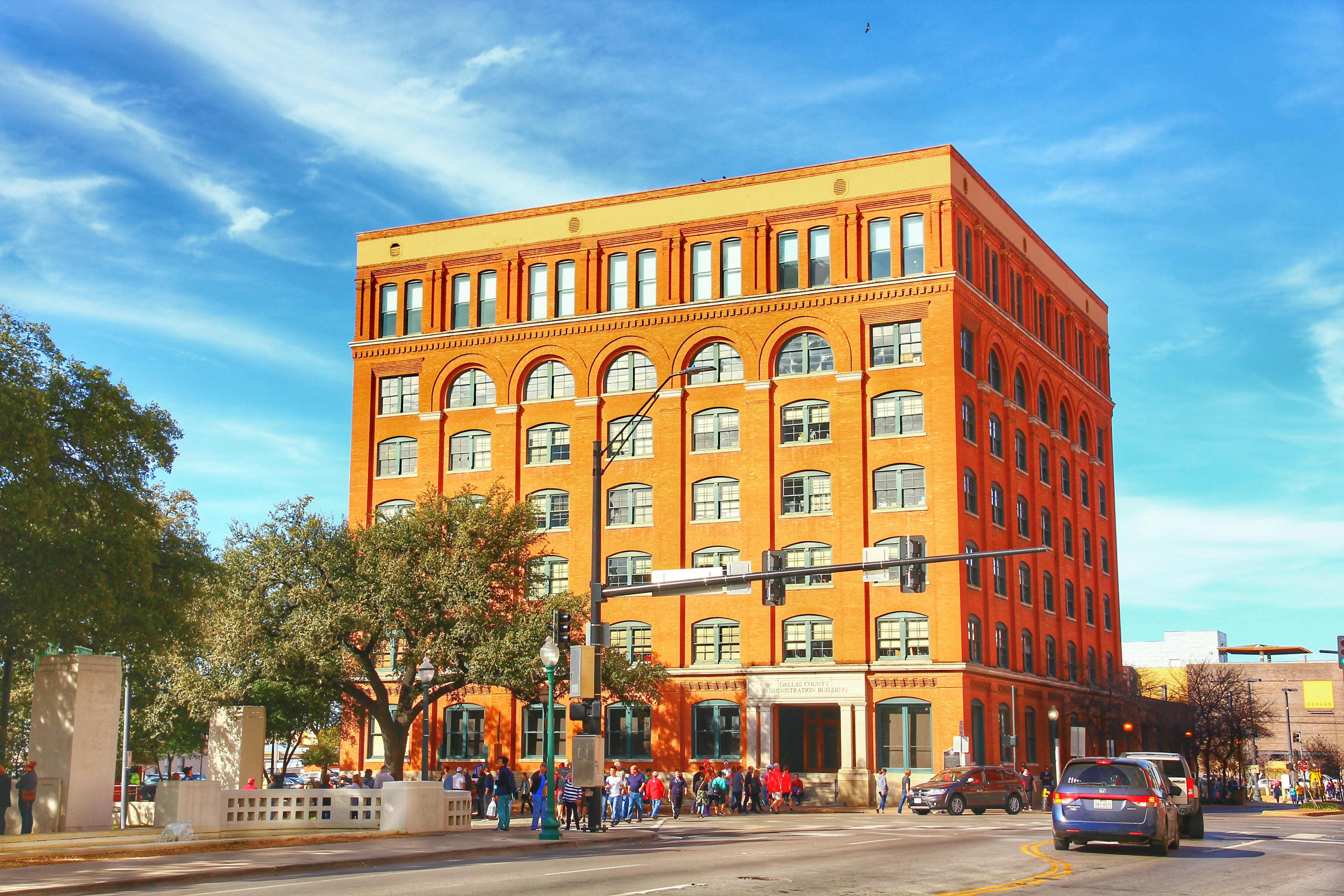
1. Downtown
Best neighborhood for museums and history
The city’s complex identity comes into focus downtown. This surprisingly compact district is full of sleek steel and glass towers standing alongside historic architecture, family attractions steps from poignant memorials, and public art around every corner. In Dealey Plaza, you’ll find the Sixth Floor Museum, chronicling JFK’s assassination. Nearby, Pioneer Plaza memorializes the city’s cattle-driving past with a herd of 40-some bronze longhorns mid-stampede. Look for one of the city’s most delightful (albeit bizarre) art installations: a 30-foot fiberglass eyeball.
On the northern edge of downtown, the Arts District is home to the Dallas Museum of Art, Nasher Sculpture Center, Crow Museum of Asian Art and a number of performing arts venues, all bordering lively Klyde Warren Park. Families will want to carve out time for the Moody Family Children’s Museum, which reopened in 2025 after a major expansion. For the best view in the city, head up to Reunion Tower’s twinkling disco ball.
The area is well-connected by public transit, including the DART light rail and charming McKinney Ave M-Line Trolley. Although the area is quiet in the evenings, it’s an excellent home base for sightseeing.
Where to stay: Downtown has a mix of business-oriented chain hotels like the Hyatt Regency and smaller, more memorable options, including Hall Arts Hotel and SOVA, a “social hotel” with micro rooms.
2. Oak Cliff & Bishop Arts
Best neighborhood for culture and creativity
Once a Freedman town and streetcar suburb, Oak Cliff has authentic neighborhood history and soul. Amid significant redevelopment, architectural preservation mixes with rising creative energy and Hispanic heritage. Jefferson Blvd is the hub of the neighborhood’s Latino culture, lined with taquerias and treat shops (don’t miss Paleteria La Super), plus the historic Texas Theatre. On Sunday nights, cruise the boulevard to witness the renaissance of the lowrider community.
Oak Cliff’s liveliest pocket is the Bishop Arts District, a walkable, photogenic enclave where indie shops, street art and buzzy cafes converge. Head to Oddfellows for coffee – and half-price wine on Thursdays – or pick up some conchas, sweet Mexican bread, from Vera’s Bakery. Talking Out of Turn is a whimsical stationery and gift shop, while Davis Street Mercantile offers everything from local craft beer and vintage candy to candle-making workshops.
Where to stay: There aren’t many hotels in Oak Cliff, but The Madison is such a standout, you don’t need to shop around. Speakeasy vibes, complimentary daily happy hour and walking distance to Bishop Arts.
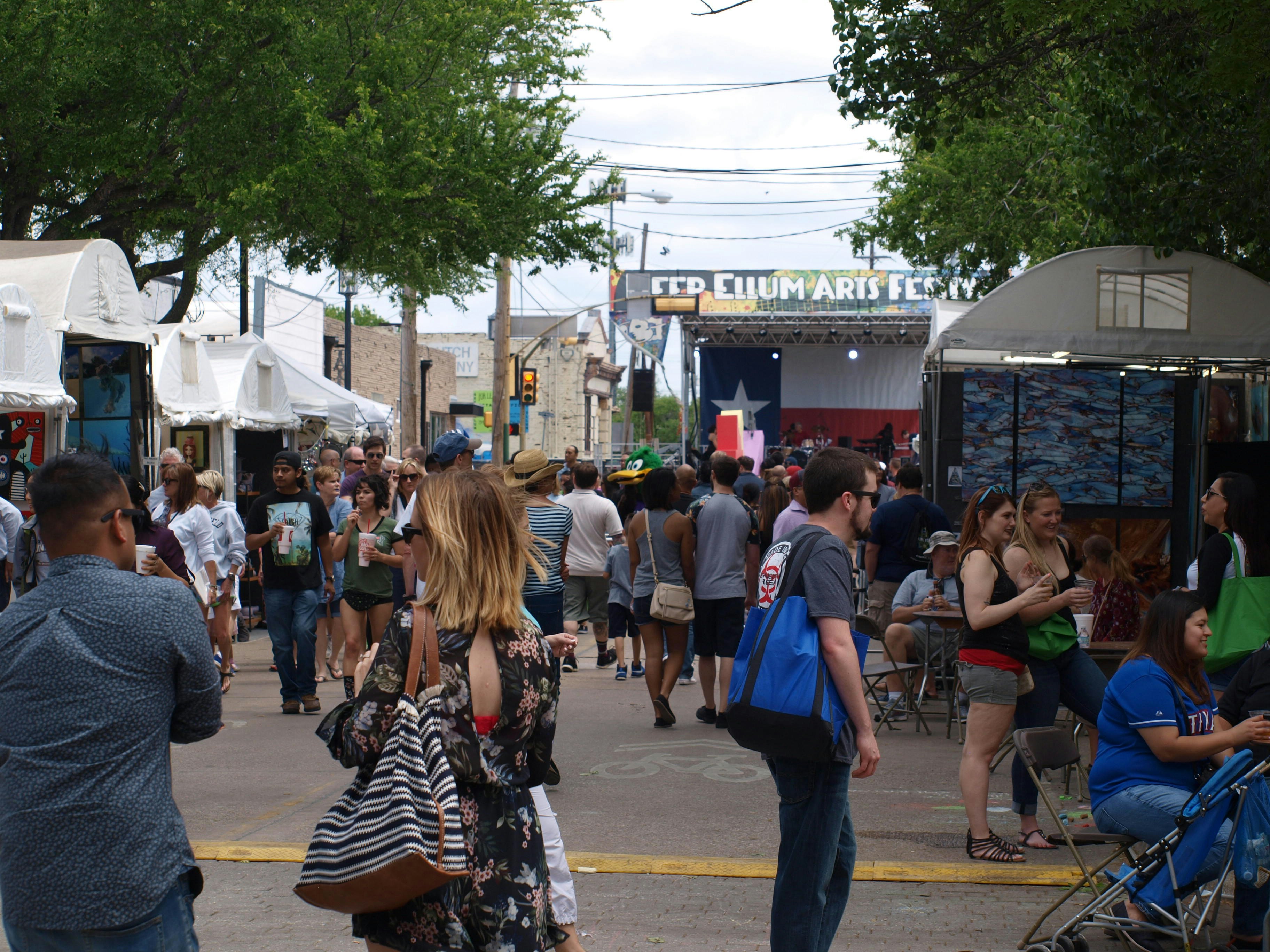
3. Deep Ellum
Best neighborhood for live music and nightlife
Well into the 20th century, Deep Ellum was synonymous with Dallas’s Black community – like Oak Cliff, the neighborhood was once a thriving Freedman town. Industry and creativity were common threads, with many residents working in factories by day and packing jazz joints by night. The legendary music scene of Deep Ellum’s heyday is often likened to Bourbon Street in New Orleans and Memphis’ Beale Street.
That legacy still reverberates through the neighborhood. Live music is its lifeblood, with venues like Trees, Twilite Lounge and The Bomb Factory showcasing everything from punk to blues and hip hop, drawing local legends and national acts. Prefer laughs over lyrics? Catch a show at Dallas Comedy Club. Equal parts artsy and gritty, the neighborhood also hosts the annual Deep Ellum Community Arts Fair every April, bringing the streets to life with live performances, painting and food trucks.
Deep Ellum is equally fun to explore in daylight. Snap photos of colorful murals and the iconic Traveling Man sculptures, browse records while sipping local pints at Off the Record, wander the Deep Ellum Outdoor Market on Saturday afternoons and don’t skip the brisket and beef ribs at Pecan Lodge.
Where to stay: Book a room at Kimpton Pittman Hotel to safely bar and venue hop well into the night – the stunning Beaux Arts property is within easy distance of many hotspots.
4. Greenville
Best neighborhood for foodies
Spanning Greenville Ave between Mockingbird La and Belmont Ave, this lively corridor is a go-to for eating, drinking and being merry – especially in laid-back Lower Greenville (and to get even more specific, Lowest Greenville). Think packed restaurant patios and rooftop bars, buzzy brunch spots and an anything-goes atmosphere on weekends. HG Sply Co has one of the best rooftops in Greenville, Shoyo is home to a highly celebrated 14-seat omakase, and Truck Yard is along the lines of a backyard party with a beer garden, food trucks and live music every night of the week.
Upper Greenville has a slightly more polished feel, mostly cocktail bars and cozy wine spots with a few beloved dives sprinkled in. A particularly popular example: Single Wide, the trailer-themed little sibling of Deep Ellum’s Double Wide. For something different, have drinks at Boxcar, a tiny train car-themed bar. A number of wildly popular taco chains dot Greenville Ave, including Rusty Taco, Torchy’s and Velvet Taco, plus a handful of addictive boutiques and thrift shops.
Where to stay: Greenville is an ideal jumping-off point if you're here to eat your way through the city. Choose the stylish Beeman Hotel or book one of three Casa Duro apartments, a Michelin-keyed gem tucked away above Sister Restaurant and Cafe Duro.
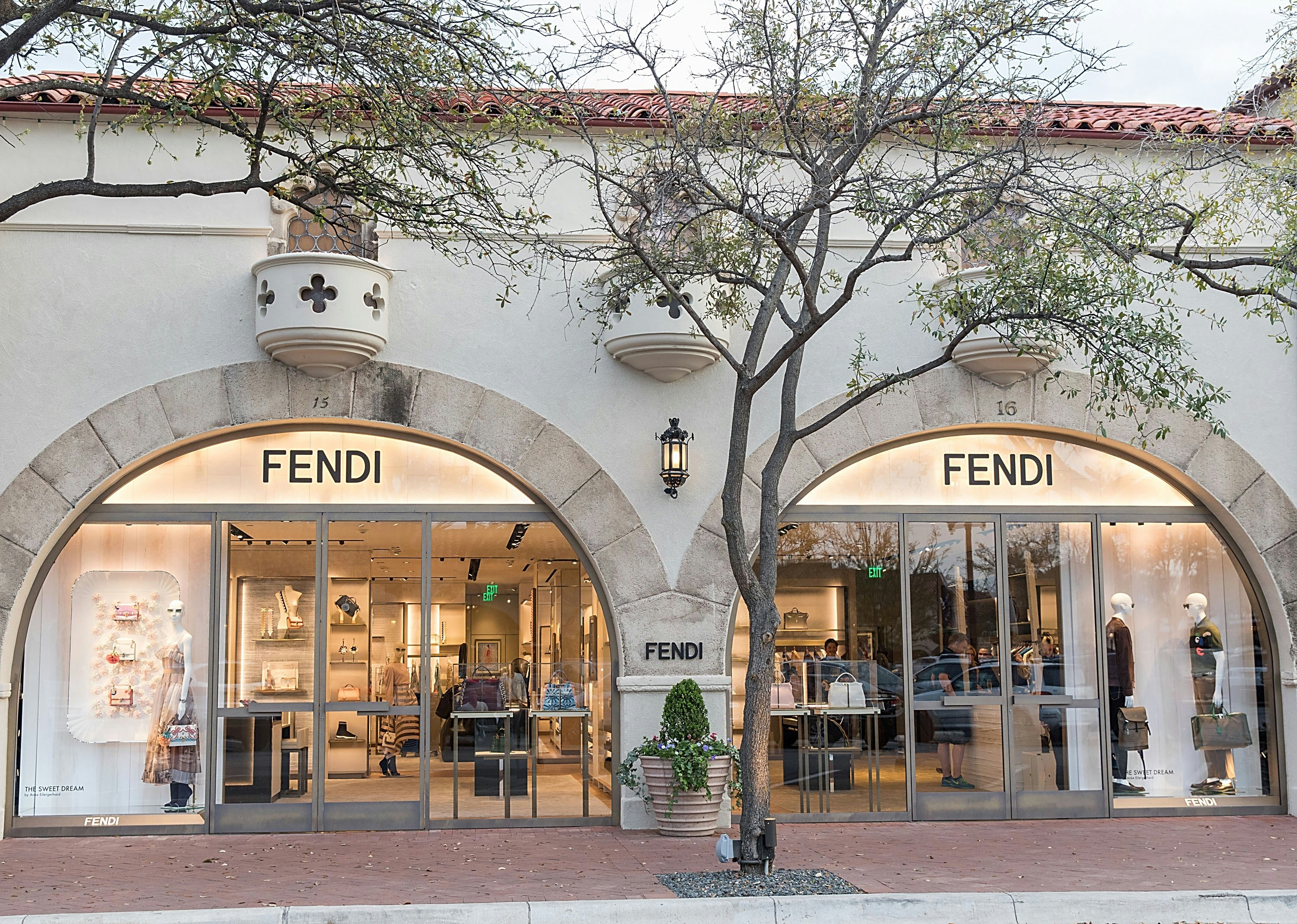
5. Highland Park
Best neighborhood for living the high life
Highland Park and luxury have gone hand-in-hand since the 1980s, when the iconic soap opera Dallas filmed here. The neighborhood’s historic crown jewel, Highland Park Village, has several ultra-luxe designer boutiques: CHANEL, Jimmy Choo, Hermès, Balmain and Valentino, to name a few. You’ll also find upscale restaurants like longtime seafood staple Cafe Pacific and BIRD Bakery, where everything is made from scratch daily. Try the signature Mexican hot chocolate brownie.
Despite its refined, buttoned-up reputation, Highland Park has a playful side. Find the giant teddy bear sculptures in Lakeside Park, one of the city’s most scenic, and walk or run the Katy Trail, a 3.5-mile (5.6km) greenway path linking the neighborhood to Uptown and beyond. As you stroll, take in scenery ranging from lovely tree-lined streets to multi-million dollar mansions.
Where to stay: Although they’re technically just outside Highland Park proper (the neighborhood doesn’t have any hotels), The Highland Dallas and Graduate by Hilton Dallas are both fantastic options.
6. Uptown
Best neighborhood for walkability and trendy vibes
Uptown is one of Dallas’s most walkable neighborhoods. It blends urban energy with a bustling, laid-back social vibe. The area is particularly popular with visitors and young professionals, and most activity centers around McKinney Ave. Sleek high-rises, aesthetic brunch spots, steakhouses, juice bars, coworking spaces and dog parks line the streets; people are out walking at all hours.
The Katy Trail runs through Uptown, and locals meet for happy hour margaritas at perennial favorites including Katy Trail Ice House and Las Palmas. Playful hangouts abound, from the hidden New Orleans-style courtyard at S&D Oyster Company to The Henry’s chic rooftop and Mutt’s Canine Cantina, a combo dog park, bar and restaurant. The neighborhood has several stylish enclaves, like West Village, The Pearl and State-Thomas, known for its Victorian homes. Another perk: Uptown is well-connected via the free McKinney Ave Trolley. In a city as car-centric as Dallas, Uptown is an anomaly.
Where to stay: Consider hip Hotel ZaZa (resort-style pool, daily happy hour and a free shuttle – need I say more?). An Art Deco gem, Le Meridien Dallas, The Stoneleigh, is another winner.
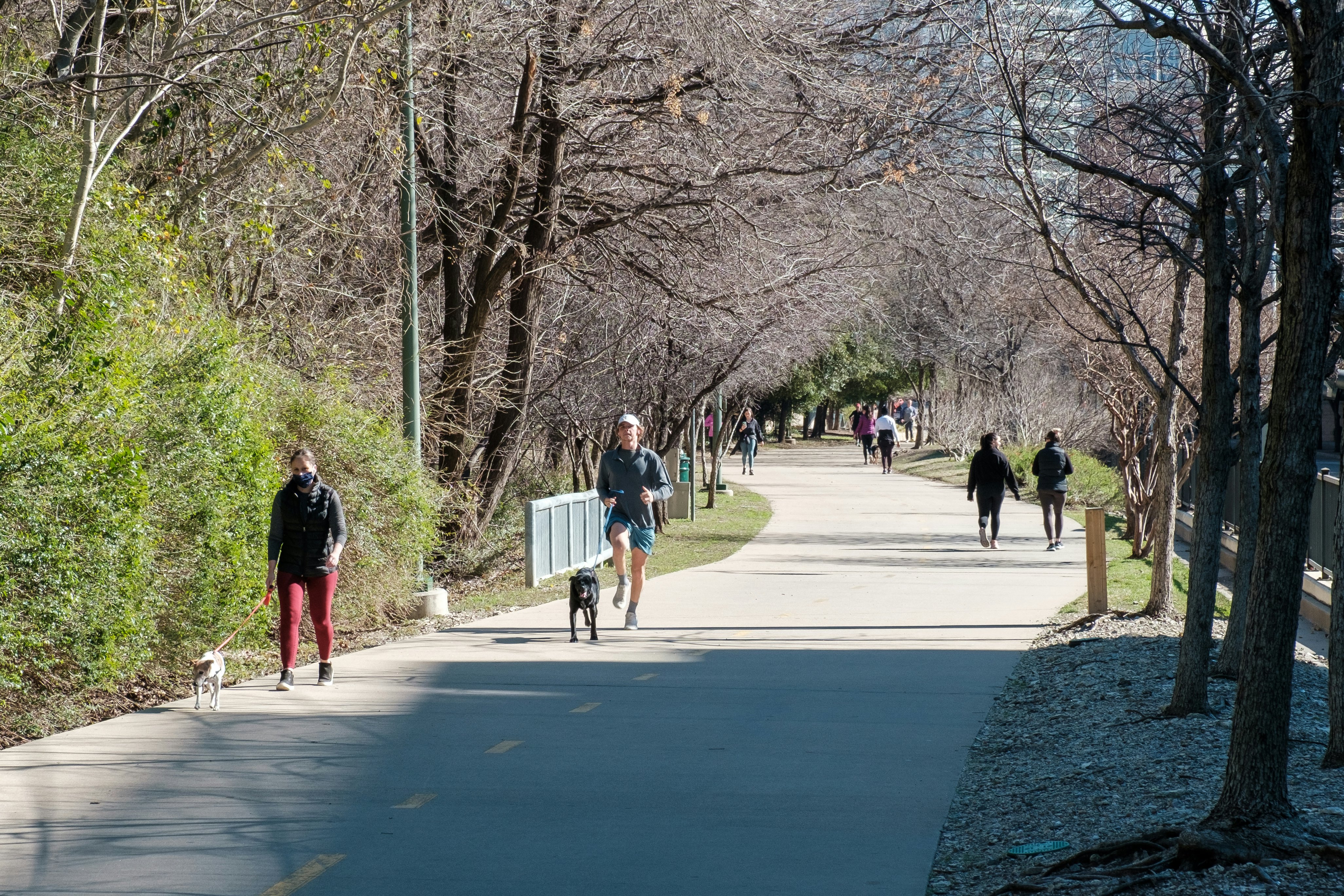
7. Knox-Henderson
Best neighborhood for “live-here-but-on-vacation” energy
Tucked in the middle of Uptown, Highland Park and Lower Greenville, Knox-Henderson has quickly become one of Dallas’ hottest neighborhoods. Walkable, energetic and easy to love, it’s one of few areas that genuinely feels like a small town within the city. Technically two streets – Knox west of I-75 and Henderson to the east – “Knox” is a magnet for recent college grads and anyone craving a mix of brunch spots (don’t miss Ziziki’s bottomless brunch), boutiques and patios (ahem, Chelsea Corner).
A go-to destination for shopping and coffee dates, Knox leans ever so slightly more polished, drawing a crowd that’s often just a few years older (think young professionals with a few post-grad years under their belt). Henderson skews a bit more casual and college-adjacent, with sports bars, Irish pubs and late-night cocktail lounges. Both sides of the neighborhood are equally buzzy, offering no shortage of clean-eats cafes, fitness studios, smoothie bars and major retailers, plus the Katy Trail running just behind the main drag. A new obsession from my most recent visit: the Erewhon smoothie “dupes” from Natuur, at a far more wallet-friendly price.
Where to stay: There are a few chain hotels along I-75 in Knox-Henderson, but consider booking an Airbnb along the main stretch to really enjoy the neighborhood.
8. Design District
Best neighborhood for art, antiques and unexpected finds
Just west of Uptown and north of downtown, the Design District has a unique combination of creative, unpretentious flair and gritty industrial chic. With an ever-expanding number of art galleries, antique showrooms and high-end furniture stores, what began as a warehouse zone now draws design lovers, collectors and locals who prefer staying slightly under the radar. It’s also home to the sprawling wholesale Dallas Market Center and a few delightfully oddball attractions, including Medieval Times.
Though it’s been in a near-constant state of transition over the past decade, a wave of trendy breweries (my favorite is Peticolas), cafes and sleek condos have moved into the Design District. Grab a Kyoto-style cold brew or authentic pour over from Ascension, refuel with a burger at Rodeo Goat or plate lunch at Mama’s Daughter’s Diner and play yard games and nosh on happy hour snacks at Culinary Dropout. Between eating and drinking, find inspiration for your next home project at Scout.
The Trinity Strand Trail, a 2.5-mile (4km) pedestrian and bike path tracing the original channel of the Trinity River, connects the neighborhood with other parts of the city – it’s part of the Loop, a 50-mile circuit trail that will eventually encircle Dallas proper.
Where to stay: If you plan to stay put, the chic Virgin Hotels Dallas and Hilton Anatole make perfect basecamps. The Hilton has the incredible JadeWaters pool area with a lazy river, weekend DJs and beaches, and non-guests can even get day passes.









